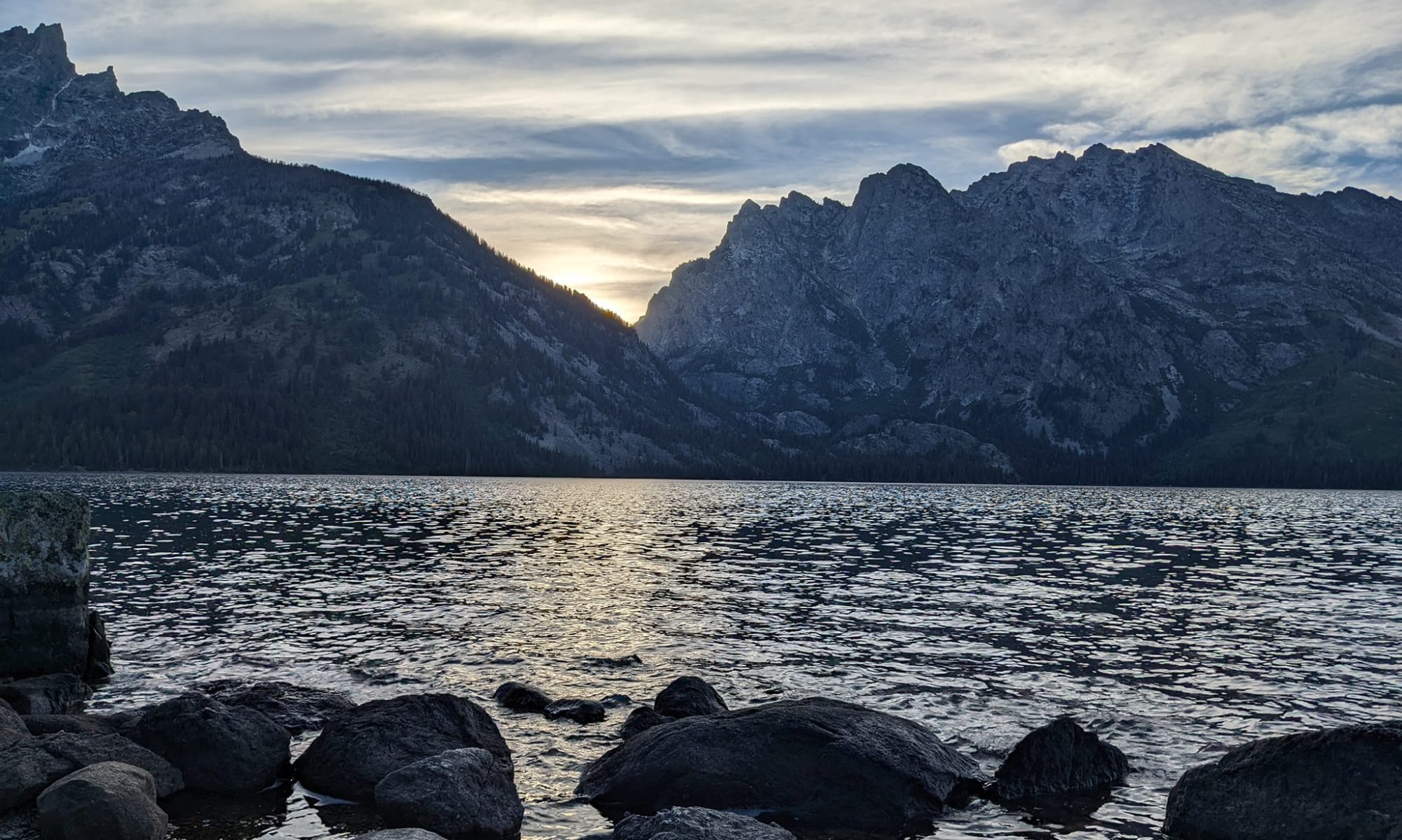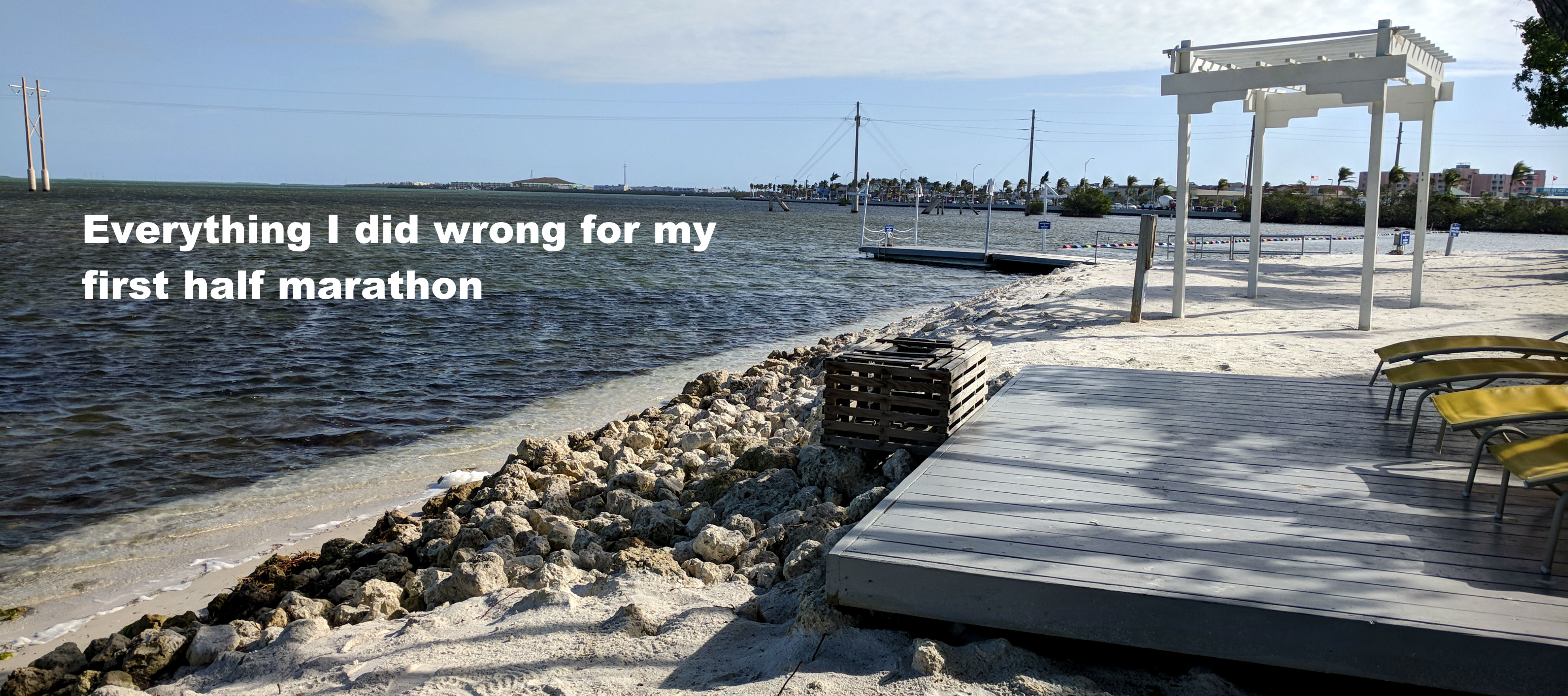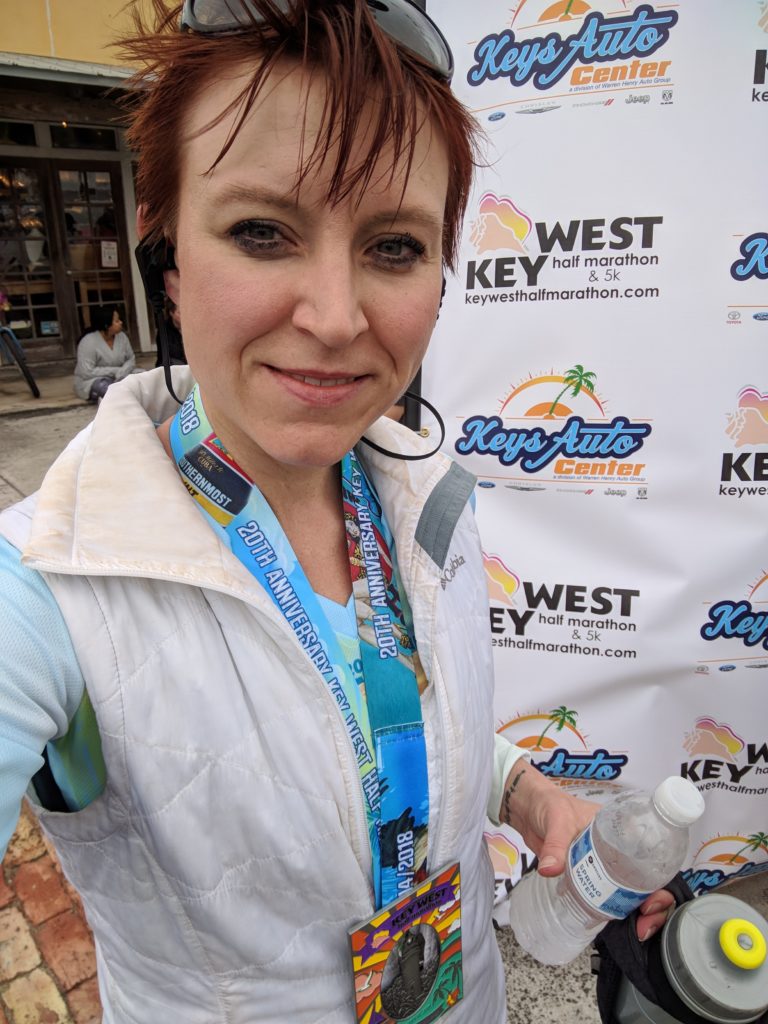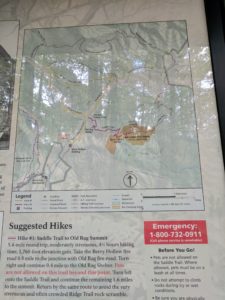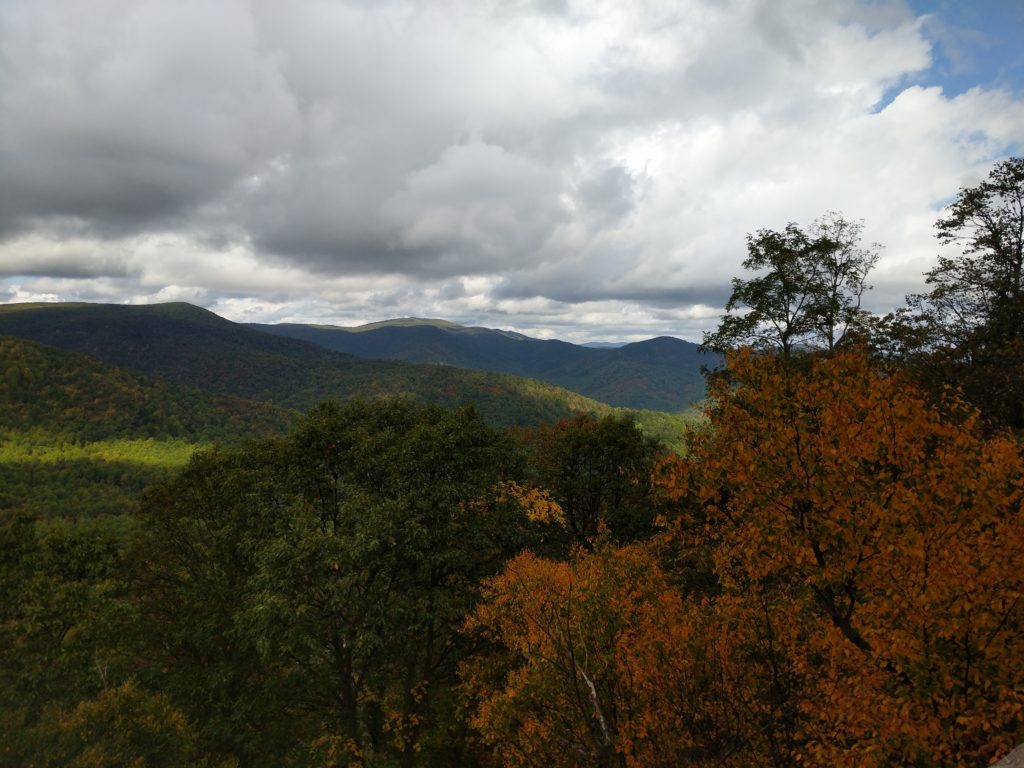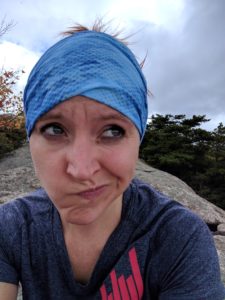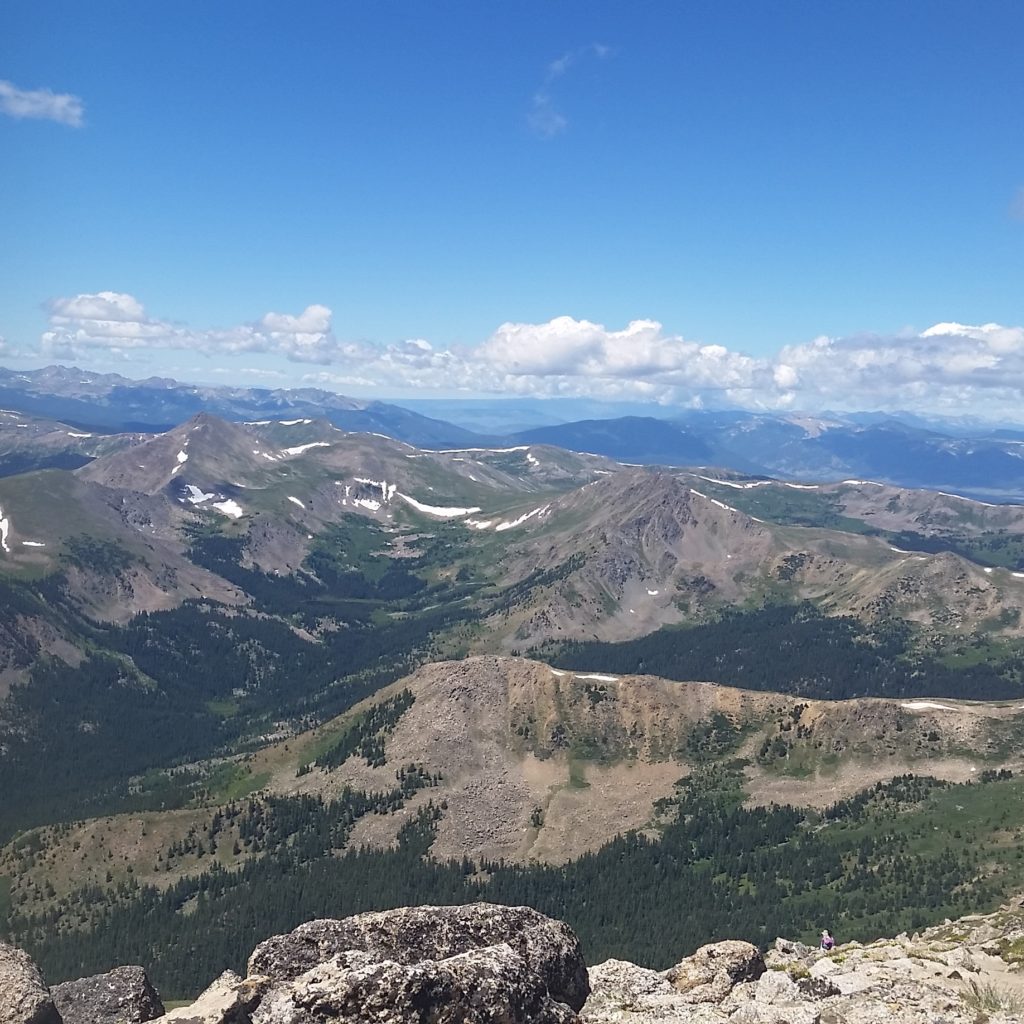The Secret To My Job Interview Success: Angry Birds
I did all the wrong things for my first half marathon and it was still OK
So you’re thinking about signing up for your first half marathon. You’ve probably Googled it and found the same article I did: The one that tells you “if you can run 3 miles you can run 13.1.” I tried it and it’s true.
I just ran my first half marathon. By the standards of most of the advice I’ve read, it was a disaster.
And I highly recommend that if you’re a runner considering it: go for it.
You will learn a ton. You will challenge yourself. You will make mistakes. You will finish.
I loved having a running goal to work toward for a few months ahead of the event. I had some knee trouble and ended up having to walk about a mile of the race, but I’m counting it as a win both because I worked for it and because I finished — and I got a cool medal to prove it.
That said, if I do it again there are a few things I would do differently.
Here’s what I didn’t do right:
- Didn’t eat in the week leading up to the race. According to Runner’s World, I should have put on a little weight before a race of this length and eaten mostly lean protein. I ate cheese and crackers and little else (break-up food).
- Didn’t get a good night’s sleep the night before. (I was staying in a hostel — more on that later.)
- Didn’t have something warm to wear after the race. Although I was in Florida, my race was on a cold day and I ended up stuck at the finish line wearing my sweaty clothes and shivering. I wasn’t able to enjoy the party because I was so miserable.
- Didn’t give myself enough time at the start. I ate eggs egg before the race — not my own, but I got lucky and didn’t have any digestion issues — and walked from my hostel to the starting line (about a mile). But I didn’t leave myself enough time for both gear check and a bathroom break, much less to stretch or mentally prepare. I was still yanking extra clothes out of my bag (did I mention it was cold?) and pinning my number to my shirt with less than 5 minutes to go.
- Tried to build my endurance too fast. I only did this once, jumping from 7.5 to 10 miles in a week, but my body’s response set back my training a couple weeks.
- Didn’t worry about speed and paced myself early on in the race. (I was really slow, finishing at 2:36, but that gives me a lot of room for improvement next time!)
- Increased my yoga practice along with my running during training (mainly focusing on yin, or fascia-focused stretching).
- Started training several months before the race (the recommendation is 14 weeks; I had 12).
- Added leg rotator exercises to my regimen to strengthen my knee alignment.
- Increased my mileage gradually (by 1.5 miles per week) — for most of my training.
- Reduced my running speed/mileage for 2 weeks before the race.
- Planned ahead for things to listen to. I listened to podcasts the first half of the race (I had saved up several of my favorites) and fast music the second half.
- Invested in good shoes. This might go without saying but it’s worth it to get custom-fitted shoes at some point once you start running seriously — in my case stability shoes (specifically Brooks Ravenna 8).
- Signed up for a destination race. Your mileage may vary on this (ha) because it’s definitely easier to control related factors for a race on home turf, but it can be motivating to run somewhere new — and running in Key West in January is a lot more fun than running in Washington, D.C., where I live.
The conclusion is: All you need to run a half marathon is a) the ability to run a 5k and b) willpower.
No race — or training process — will be perfect. The whole point is the effort you put in.
Also, I recommend watching Run, Fatboy, Run for inspiration on breaking through “the wall” — and because nobody could approach a race as badly as this guy:
Why I Hated Hiking Old Rag
If you live in Virginia and you mention that you like hiking, someone will suggest climbing Old Rag.
It’s about the best hike Virginia has to offer, and I will give it this: The climb took some effort and at times left me breathless.
“Some say it’s even the best hike in the mid-Atlantic region,” reads this blog. (In fairness, hiking with kids must require a lot of caveats – although I was less reluctant to bow down to the many mighty parents hauling both kids and dogs up 14ers in Colorado.)
I climbed this badly-named “mountain” one October day while I was in the middle of a nasty fight with the guy I was dating. He was ignoring my phone calls; I was angry; my stomach was in knots. In other words, I was motivated to climb away from my problems.
I drove 2 and a half hours from Washington, D.C., to get there so the stakes were pretty high — I was dedicating the day to the activity.
Because I was alone, I took the Berry Hollow trailhead, which avoids some of the bouldering of the traditional route. When I got to the trailhead, it was completely deserted. (This never happens in Colorado. I don’t care what day of the week it is, there is always someone hiking. The trailheads are so busy some trails now offer shuttles.)
The trail signs were a little confusing and seemed to contradict the map. (I recommend following the posted map.)
It was a hot day and the climb didn’t get any cooler, because this is Virginia and you’re starting below sea level.
Here are my recommendations for making hiking bearable in Virginia:
- Insect-proof everything. (This is something I didn’t know about until I left Colorado.) I have Permethrin in a spray bottle that I used on my hiking pants and Camelbak pack, plus insect-treated socks and a buff for my head.
- Pants and long-sleeved shirt made of breathable fabric.
- Bring a lot of water to replace the sweat.
For this hike, I also recommend real hiking boots. For most hikes in Virginia, you can get away with any form of athletic shoe.
This hike was strenuous enough to get my mind off my problems and my hand off my phone, so points for that. My boyfriend and I worked things out later that evening, but I spent most of the day thinking about breaking up with him.
There was a false summit with a pretty decent view.
I was pretty tired — and a little embarrassed to be tired, to be honest — by the point I got to the false summit, and at that point a pair of older hikers warned me to watch out for the swarm of bugs higher up. But I kept going, of course, because I have never climbed a mountain and not made the summit (what would be the point?).
This is the first time the strategy has not paid off.
Old Rag’s summit is 3,284 feet and there is no view.
I came, I saw, I turned around and climbed back down again. I ate my peanut butter and jelly sandwich down at the false summit instead and tried to ignore the sweat and the bugs and the fact I’d spent an entire day on this.
The climb down was not as fast as I would have liked because of the stretch of loose rocks (this hike is 5.4 miles and took me about 2 hours to go up). My car was still the only one in the parking lot and the drive home felt very long.
There’s a small town near Old Rag but it didn’t have any obvious places to stop for food or any type of liquid reward after the hike.
I might be comparing Old Rag to my ideal version of hiking, but it’s a version that exists. In Colorado, here’s what our summits look like:
I tried. This is yet another reason why I hate hiking in Virginia.
Why I Hate Hiking in Northern Virginia
The short answer: Because I’ve hiked in Colorado.
Long answer: I would like to make the case that there is no hiking in Virginia.
I know you AT thru-hikers will protest, but there is a difference between walking outdoors and hiking.
If you think you are “hiking” in Virginia, you have never hiked in Colorado (or pretty much any state in the west) or somewhere the rewards are great than just being outside and moving your feet.
So maybe that makes my position entitled — I lived somewhere great hiking is taken for granted — but east coasters have their own entitlement issues (that’s the only reason anybody lives here?) so I think it’s fair to counter-argue that living here sucks if you’re an outdoorsy person.
If you live in Washington, D.C., and want to find a hike with a view (that isn’t urban) you have to be willing to travel — and I have. I have also done several of the hikes that come up when you search “day hikes near D.C.”
Have I done Old Rag? Did it. Have I been to Shenandoah? Of course. Have I seen Great Falls and Sky Meadows?
Did those. The ratio of effort to payoff was a disappointment for all of them.
Hiked Sugarloaf “mountain” and in Harper’s Ferry and Purcellville, too — more on those later.
While I don’t discourage my fellow outdoorsy transplants from attempting the same quest to find the kind of soul-nourishing hiking I was used to here (if you find success, let me know!) — I would encourage you to lower your expectations.
I’m compiling my own attempts here.
First and the reason I finally tipped over the edge and decided to write this blog: Scott’s Run Nature Preserve. This comes up on a list of rewarding “hikes” near D.C. compiled by the state of Virginia. I drove to it — about half an hour from me away — without much hope for Virginia hiking but with a desperate need to get out into nature. I passed a lot of enormous houses with Christmas trees waiting to be taken away on their curbs. If this was Colorado, high property values would be promising for hiking prospects. In Virginia, it just means people have an off-street option to walk from their mansion to the highway.
Do not, I beg you, drive to this trail (and not just because Google will mislead you). You can find a closer local trail to walk your dog on — and that’s the only thing this is good for. Admittedly, there is supposed to be a “waterfall” on this trail that I did not see. If you’ve seen one “waterfall” on the Potomac, you’ve seen them all and you might as well just see Great Falls.
I’m not saying there are no paths like this in Colorado. We just don’t call them “hiking trails.” We call them “that dirt path behind your house.”
Here are more examples:
Social media campaign examples
As a freelance social media consultant, I provide strategy guidance, platform maintenance, and basic analytics reporting. My focus is Twitter, Facebook and LinkedIn. My experience includes managing a high-profile public figure’s social media brand; contributing to social content distribution and strategy at a political think tank; writing and implementing a complete social media strategy for a national law firm including individual coaching for attorneys; and creating a book launch social media campaign for a publishing company. Here are a few examples of my digital experience and work on social media campaigns:
- The Hill – full time, 2011-13
- Covered politicians using social media, including innovation during 2012 presidential campaigns
- Live blogged breaking news on Twitter on a daily basis and during presidential debates
- Worked closely with political and media teams at Facebook and Twitter
- Regularly broke news on Twitter
- Launched and wrote weekly Q&As with members of Congress on their use of Twitter
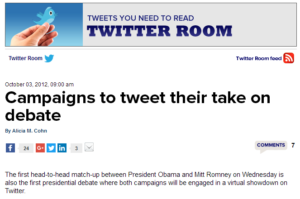

Figure 1 Feature cover story on Ann Romney’s use of Pinterest
Figure 2 Created and managed a beat focused on how politicians use social media
- The Heritage Foundation/The Daily Signal – full time contract employee, 2013-14
- Managed and ghostwrote think tank president’s Twitter, Facebook and Instagram accounts
- Engaged in content on reddit, StumbleUpon
- Used tools such as Bit.ly, Attentive.ly, Google Analytics
- Repurposed and distributed content on organization’s social media including Facebook, Twitter, Pinterest, LinkedIn, Google Plus and Tumblr as well as website and WordPress microsite
- Live tweeted and blogged about events
- Wrote marketing copy using market research, SEO principles
- Managed Facebook Q&A with think tank president
- Supported book launch for Sen. Jim DeMint’s book “Falling In Love With America Again,” including contributing to strategy and writing social media marketing copy before and after launch
- Supported launch and wrote copy for “The Daily Signal” spin-off news analysis site, including contributing to marketing launch and branding strategy
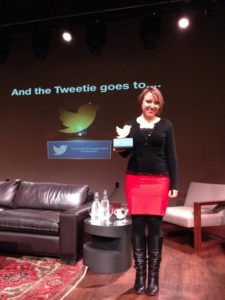
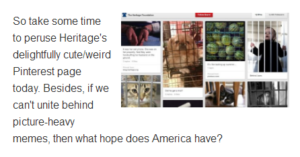
Figure 1 Accepting a Tweetie award from Twitter for best digital campaign
Figure 2 Earned national media attention in Jezebel for unique Pinterest campaign
- Tyndale Publishing House/NavPress imprint – freelance, 2016
- Designed social media campaign strategy to correspond with book launch
- Provided recommended content, timeline, incentives and market research
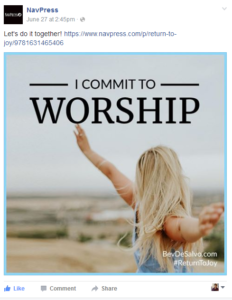
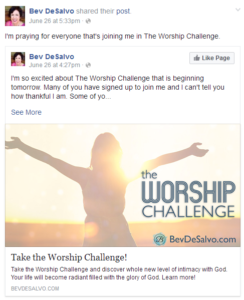
Book launch campaign including parameters, action items and content/graphics recommendations
- Brownstein Hyatt Farber Schreck – full time, 2014-present
- Overhauled firm social media strategy on Facebook, Twitter and LinkedIn, including writing firm wide social media guidelines with input from legal counsel
- Designed graded Twitter “audits” and provided one-on-one coaching to attorneys
- Managed firm Facebook, Twitter and LinkedIn accounts


Figure 1 Social media guidelines “one-pager”
Figure 2 Criteria for Twitter best practices
